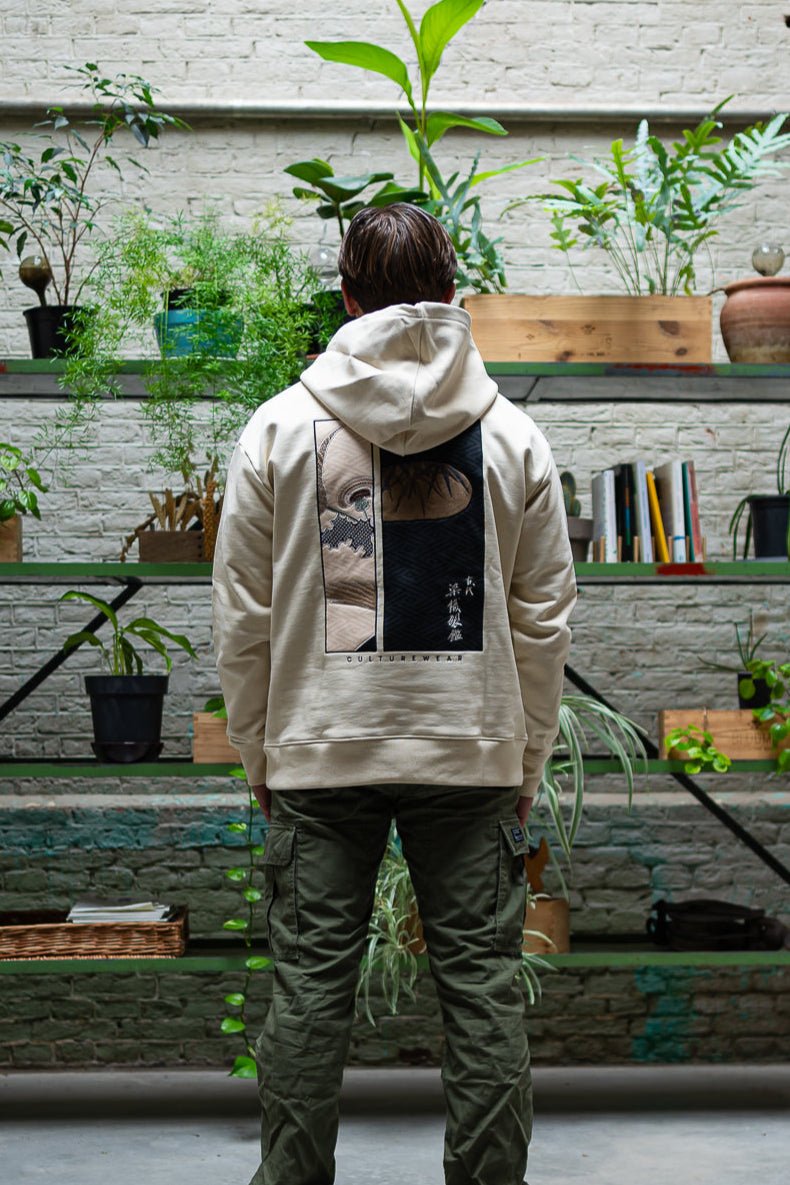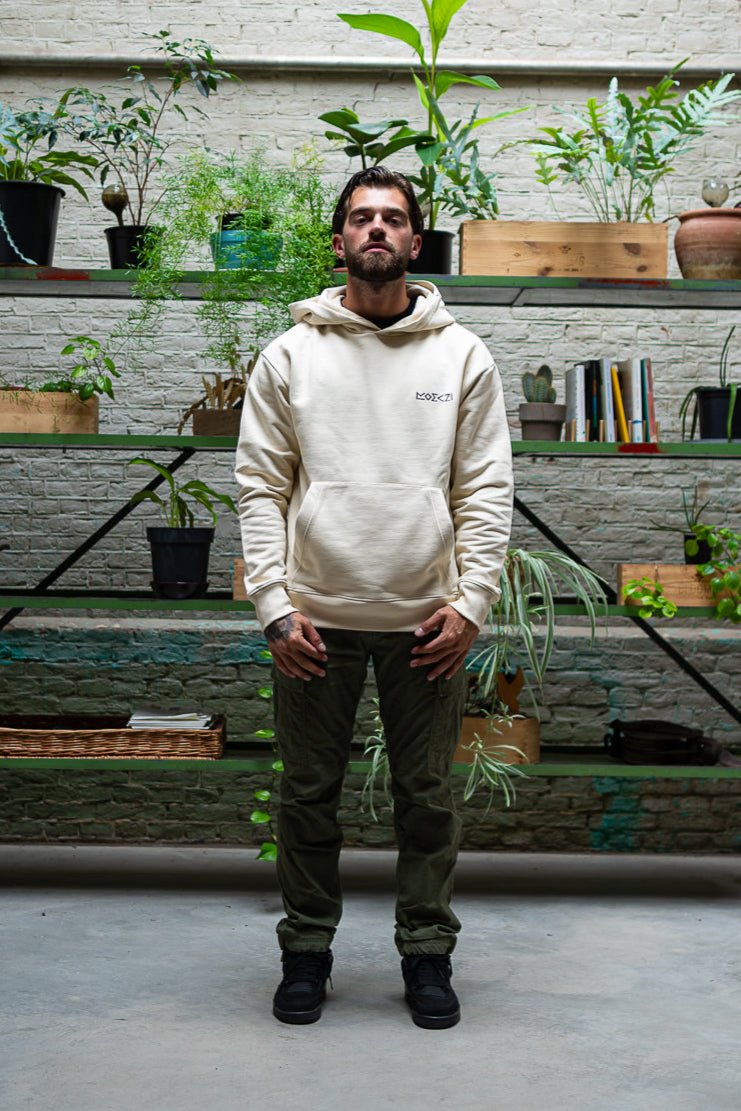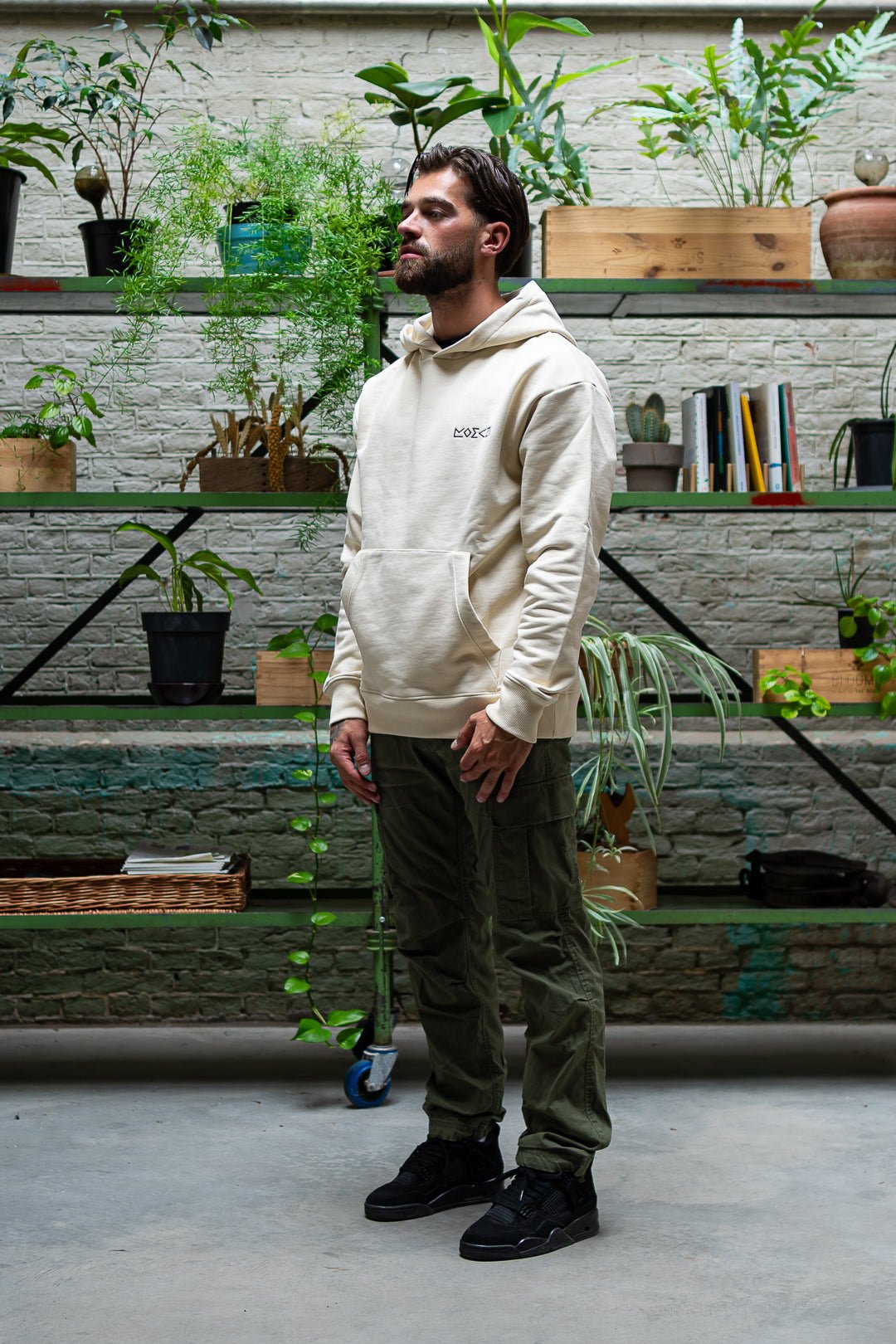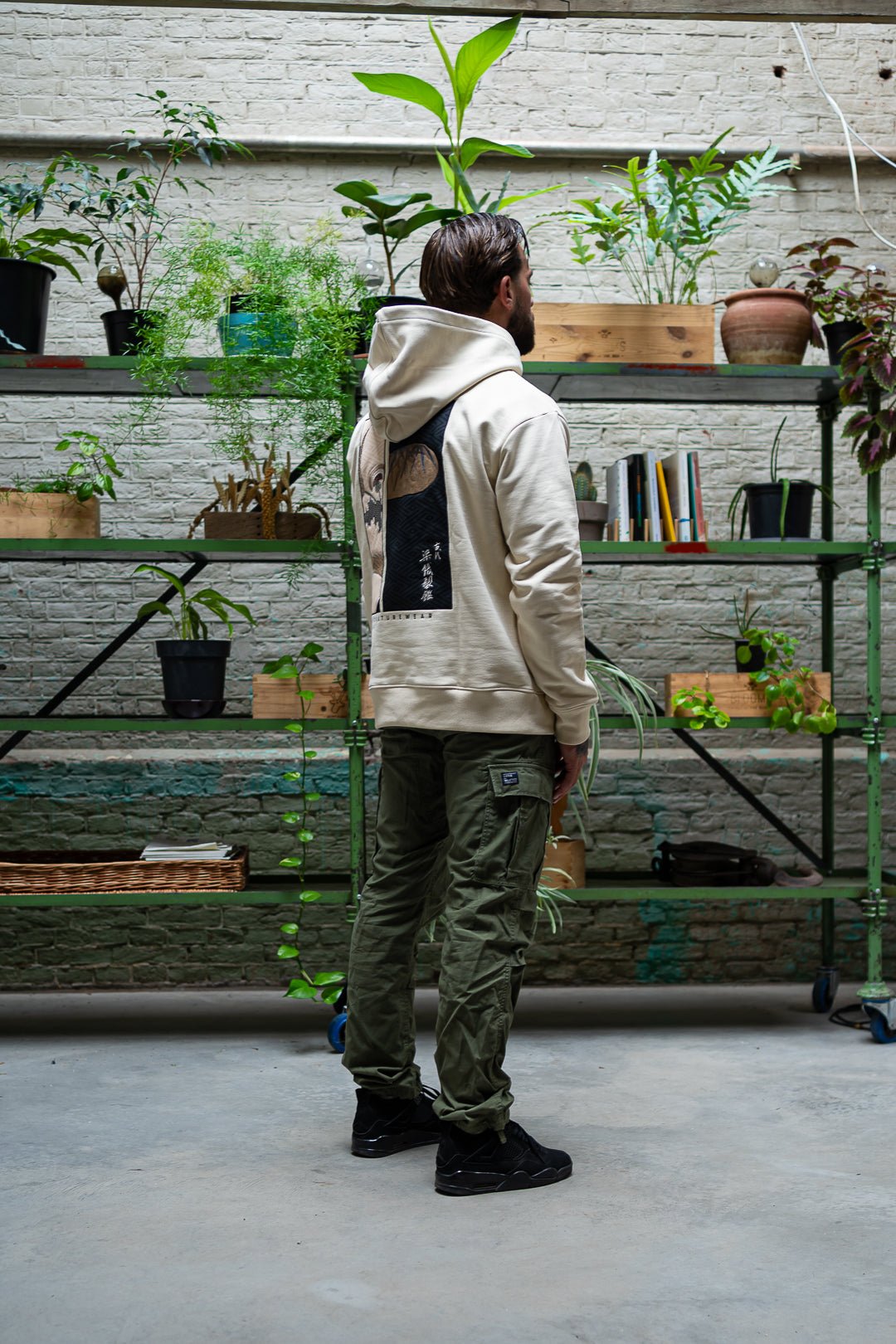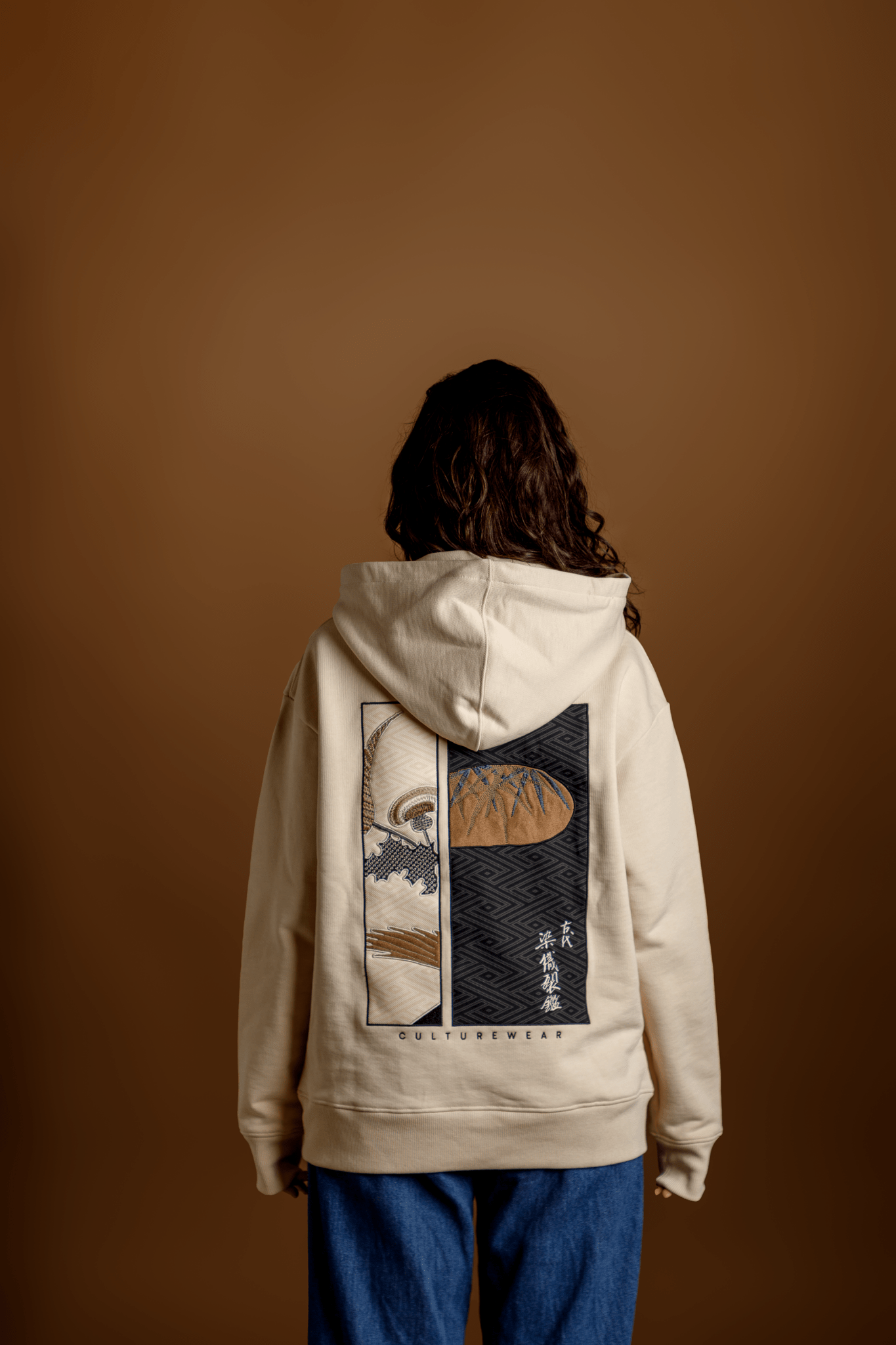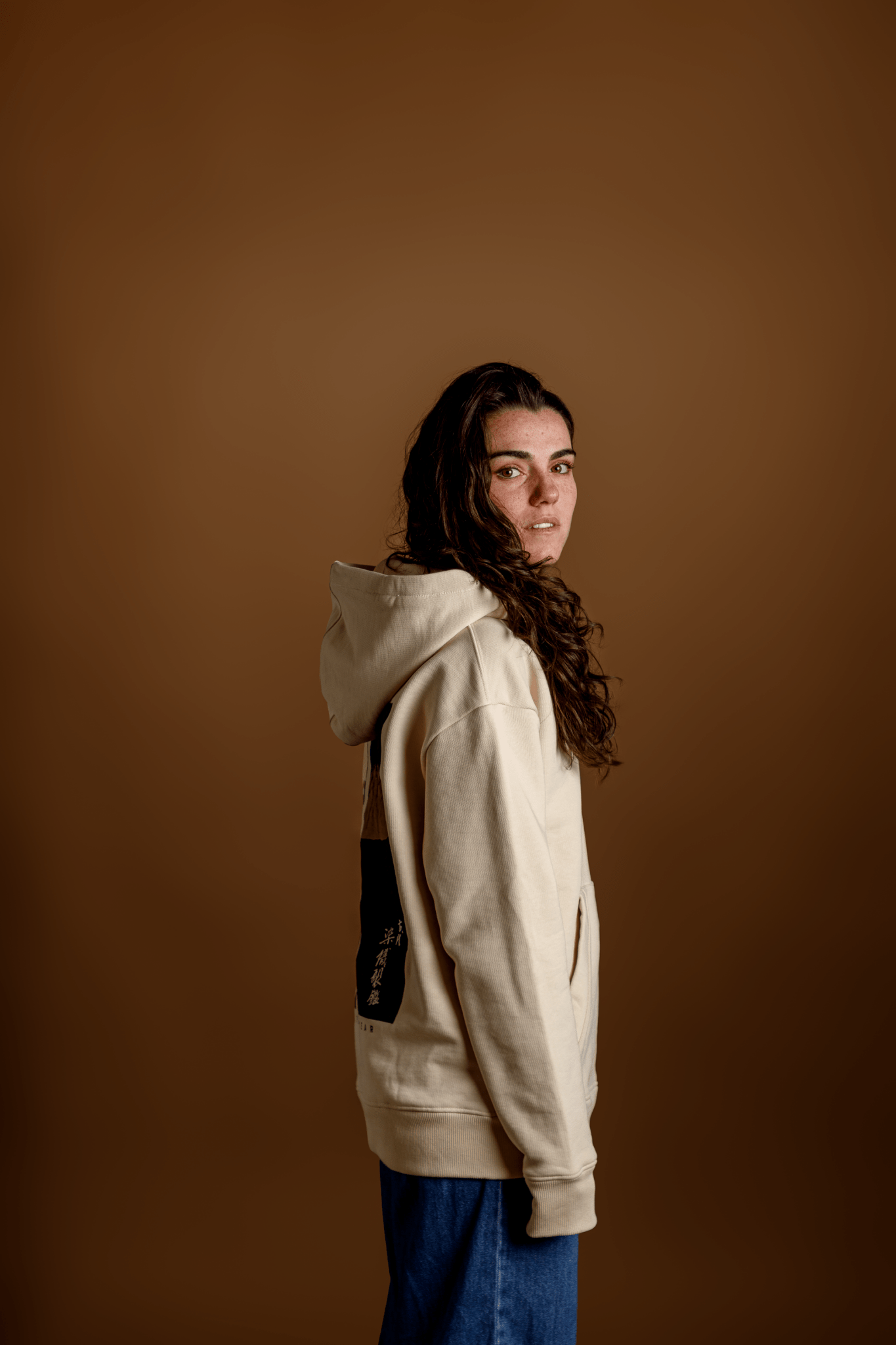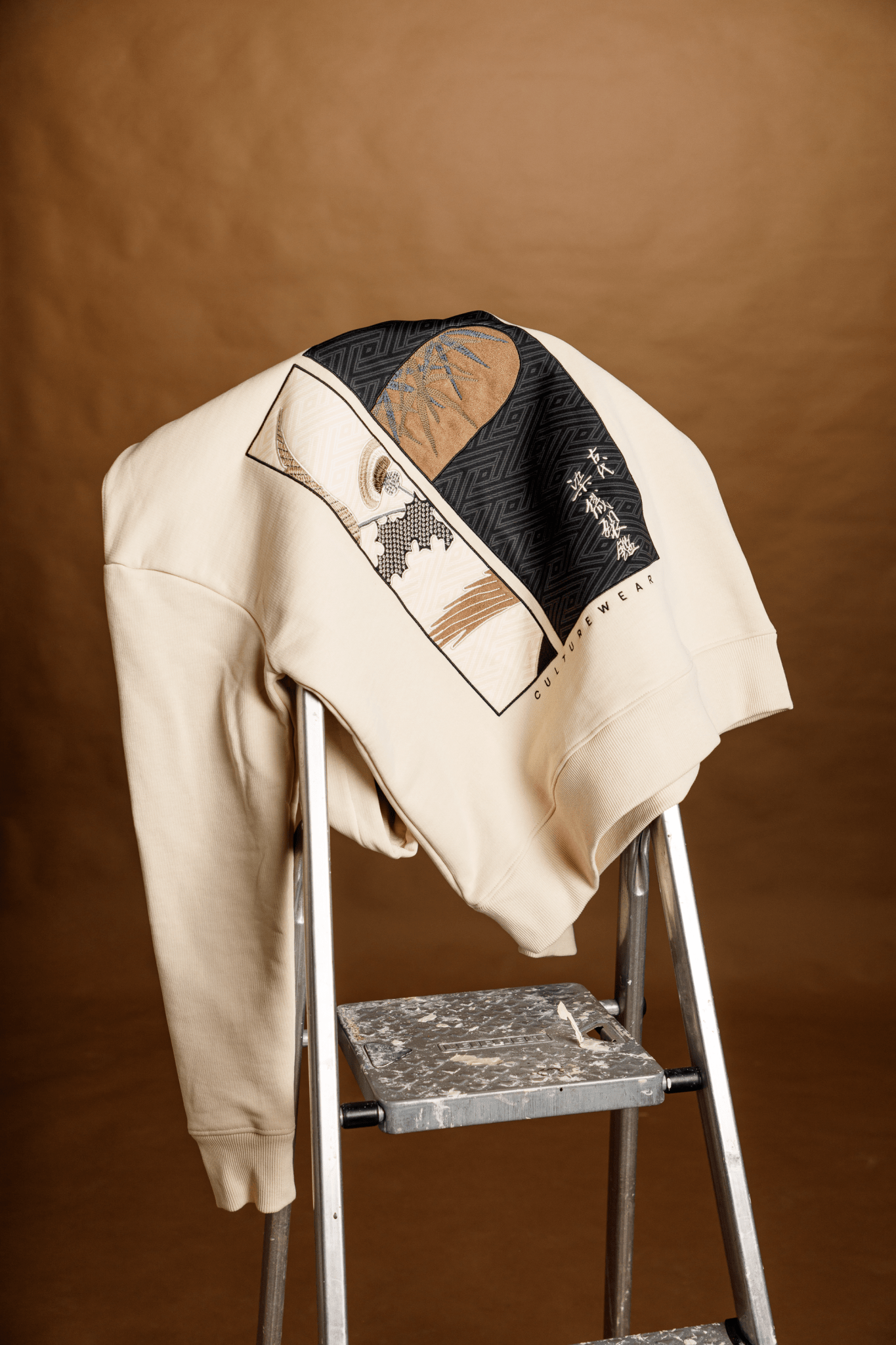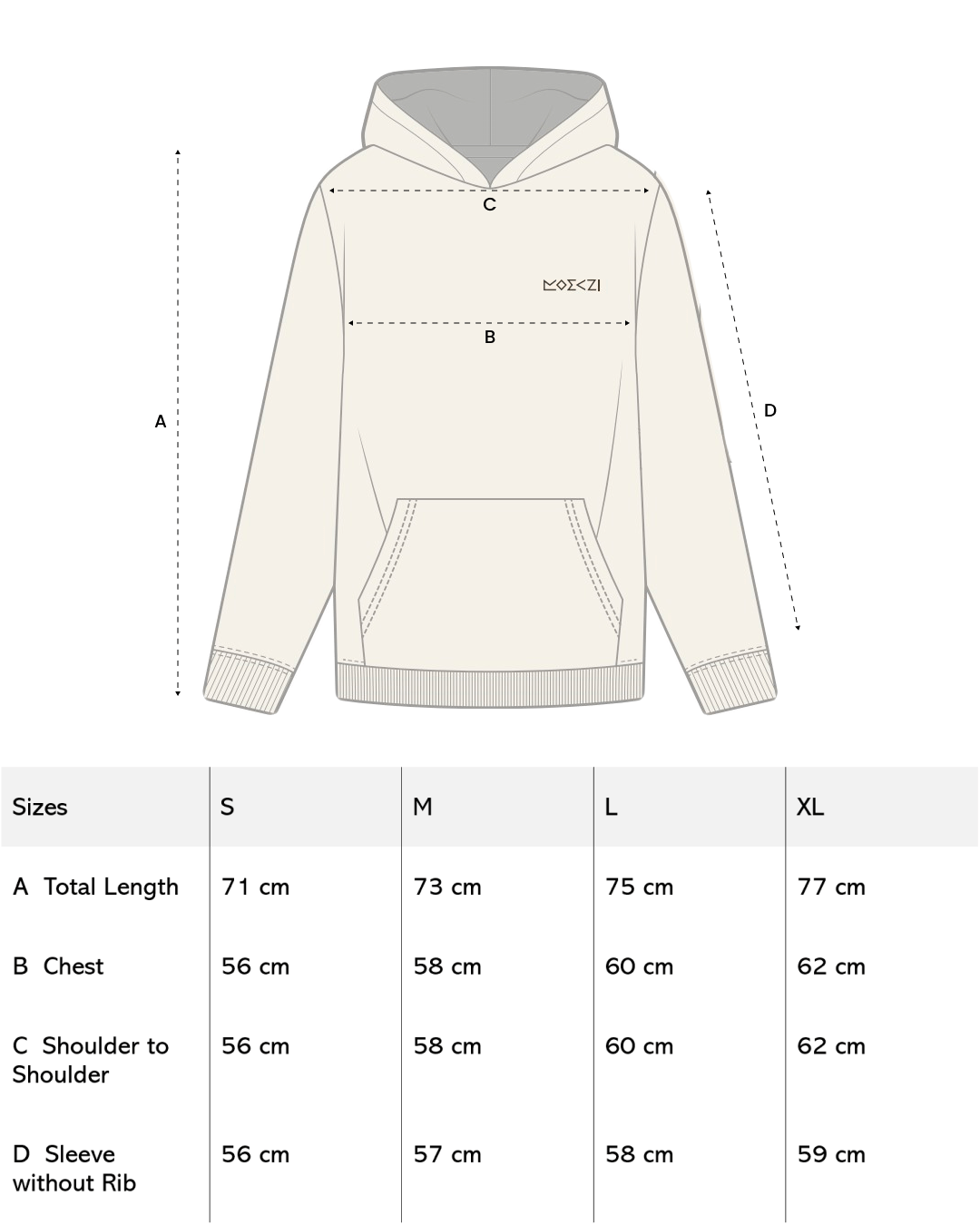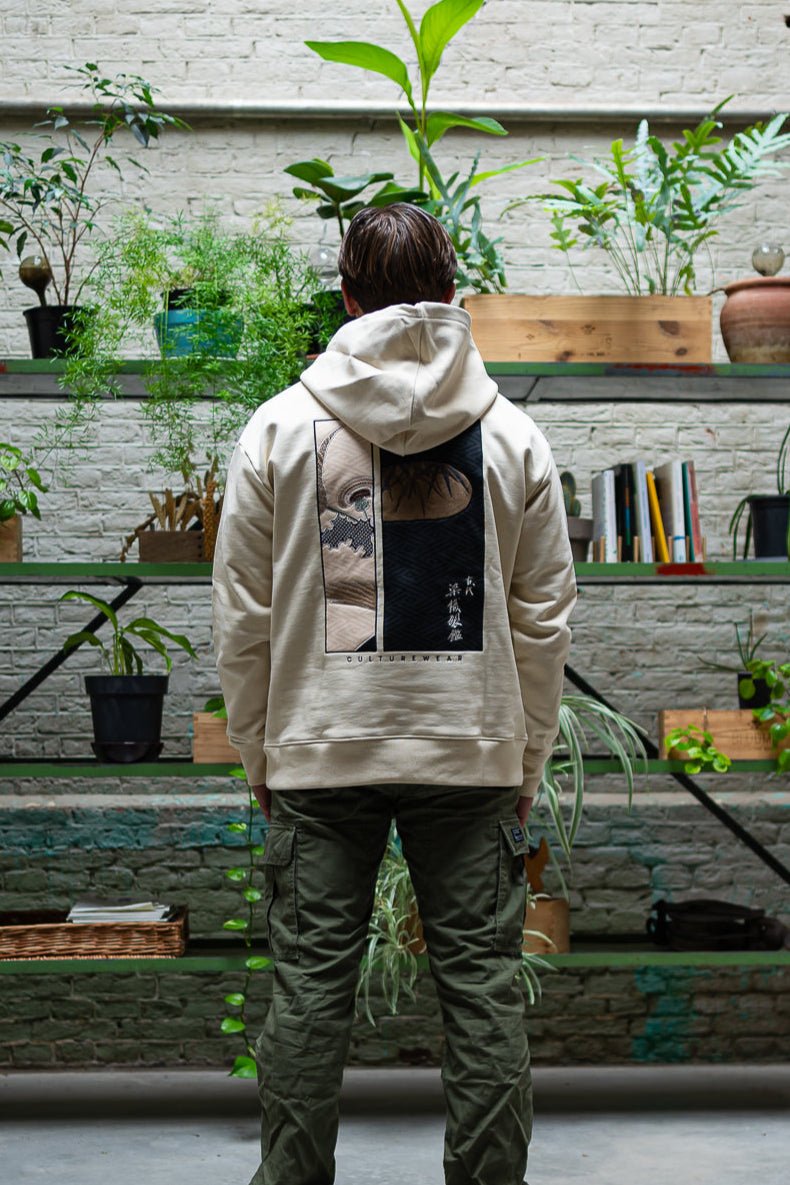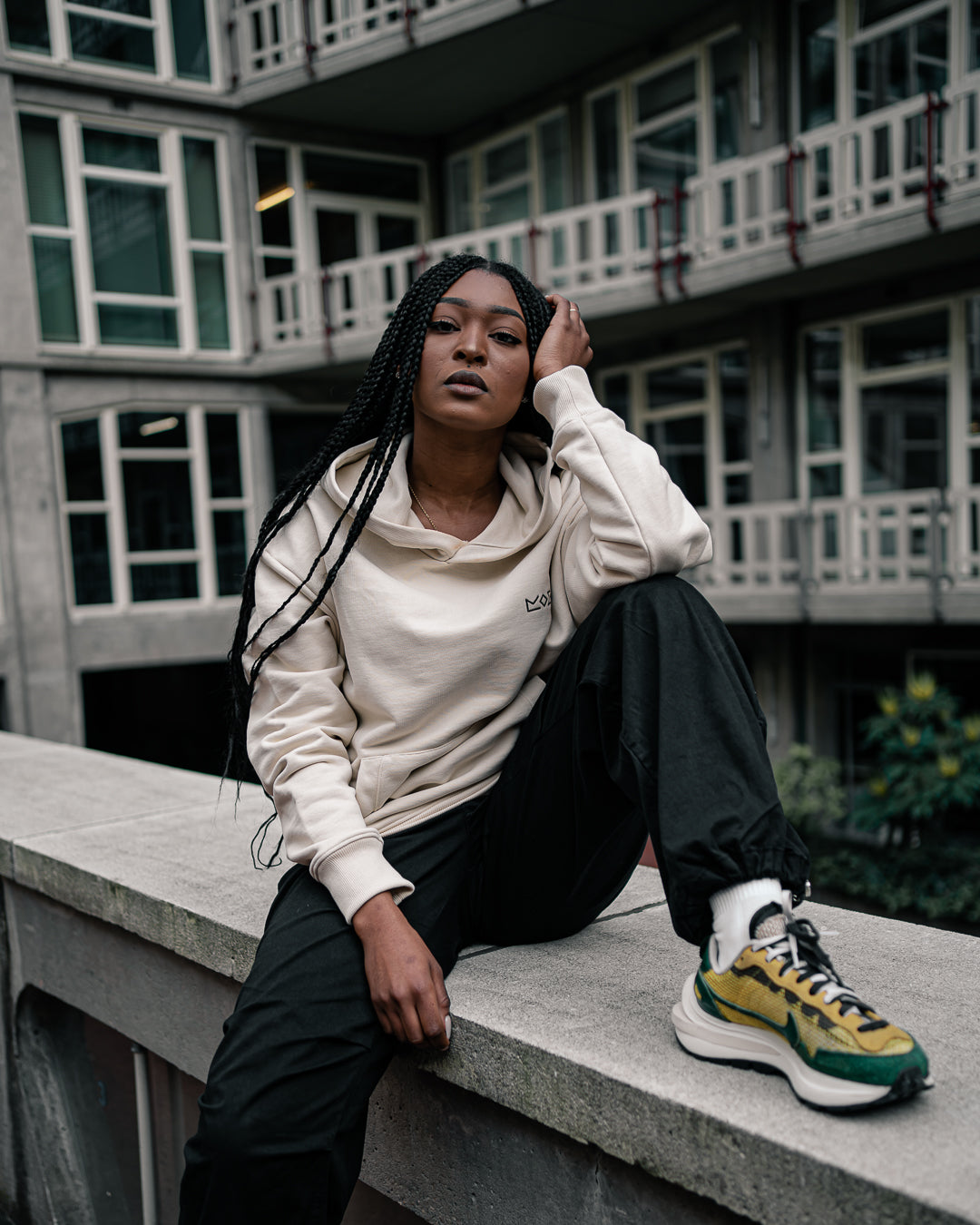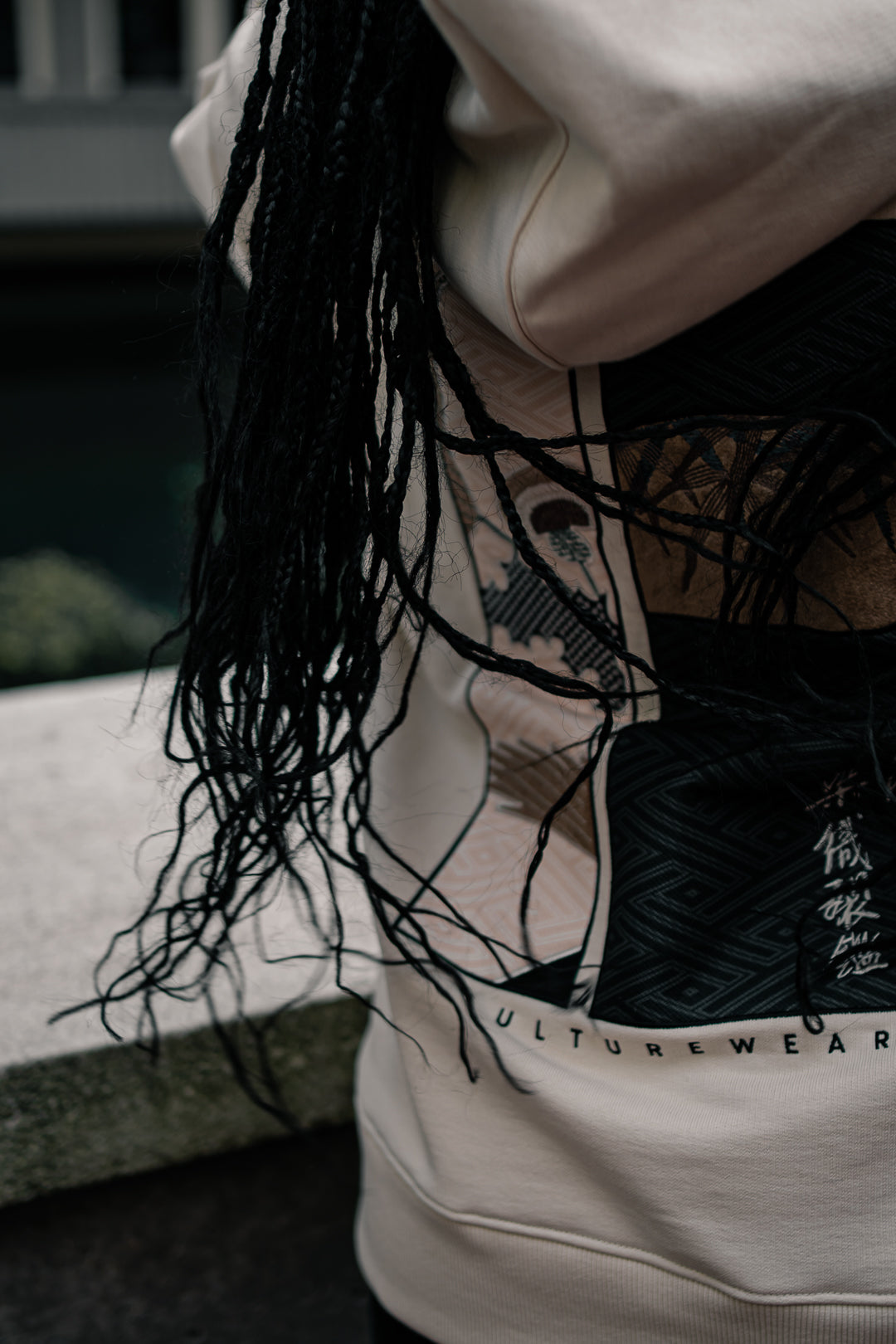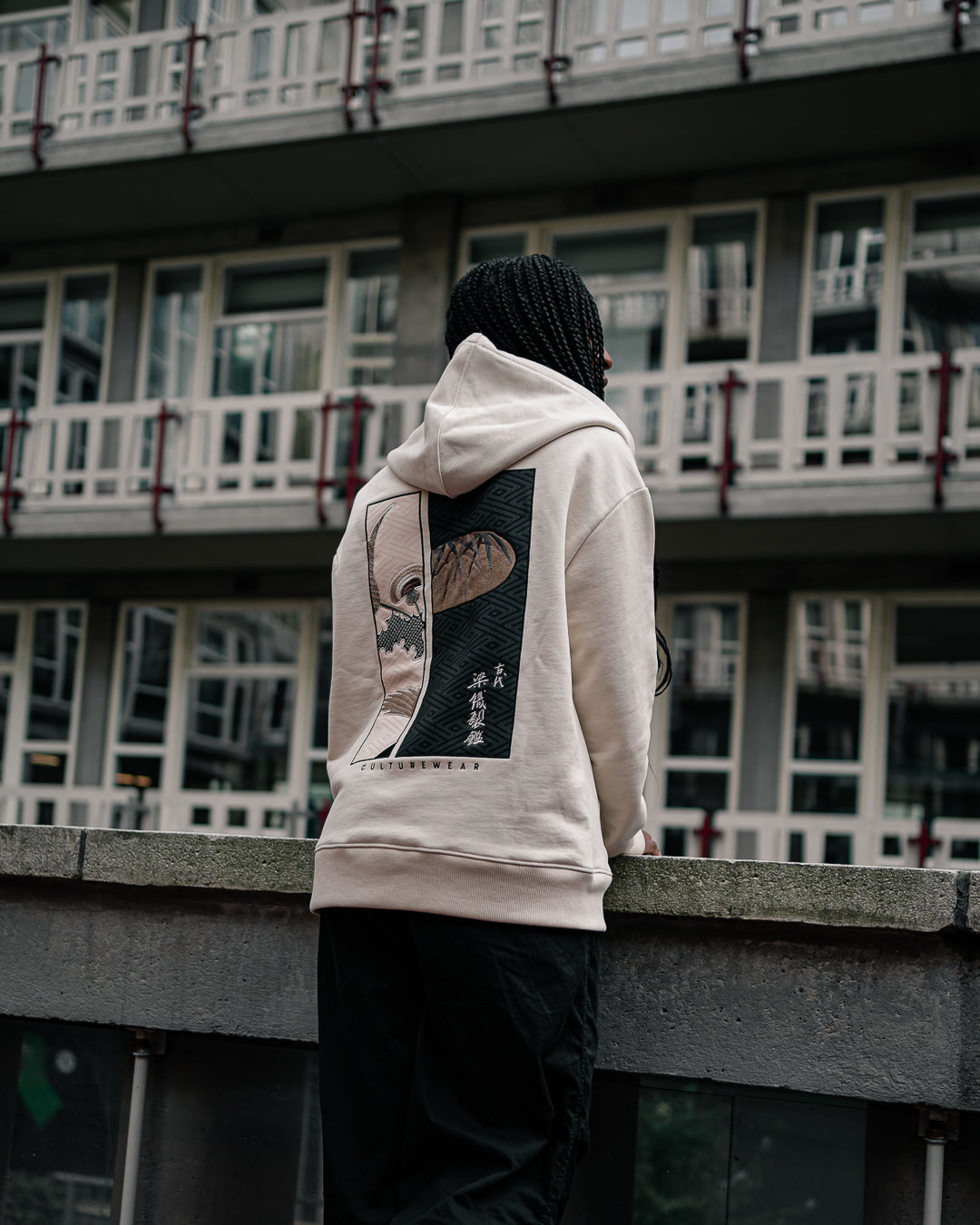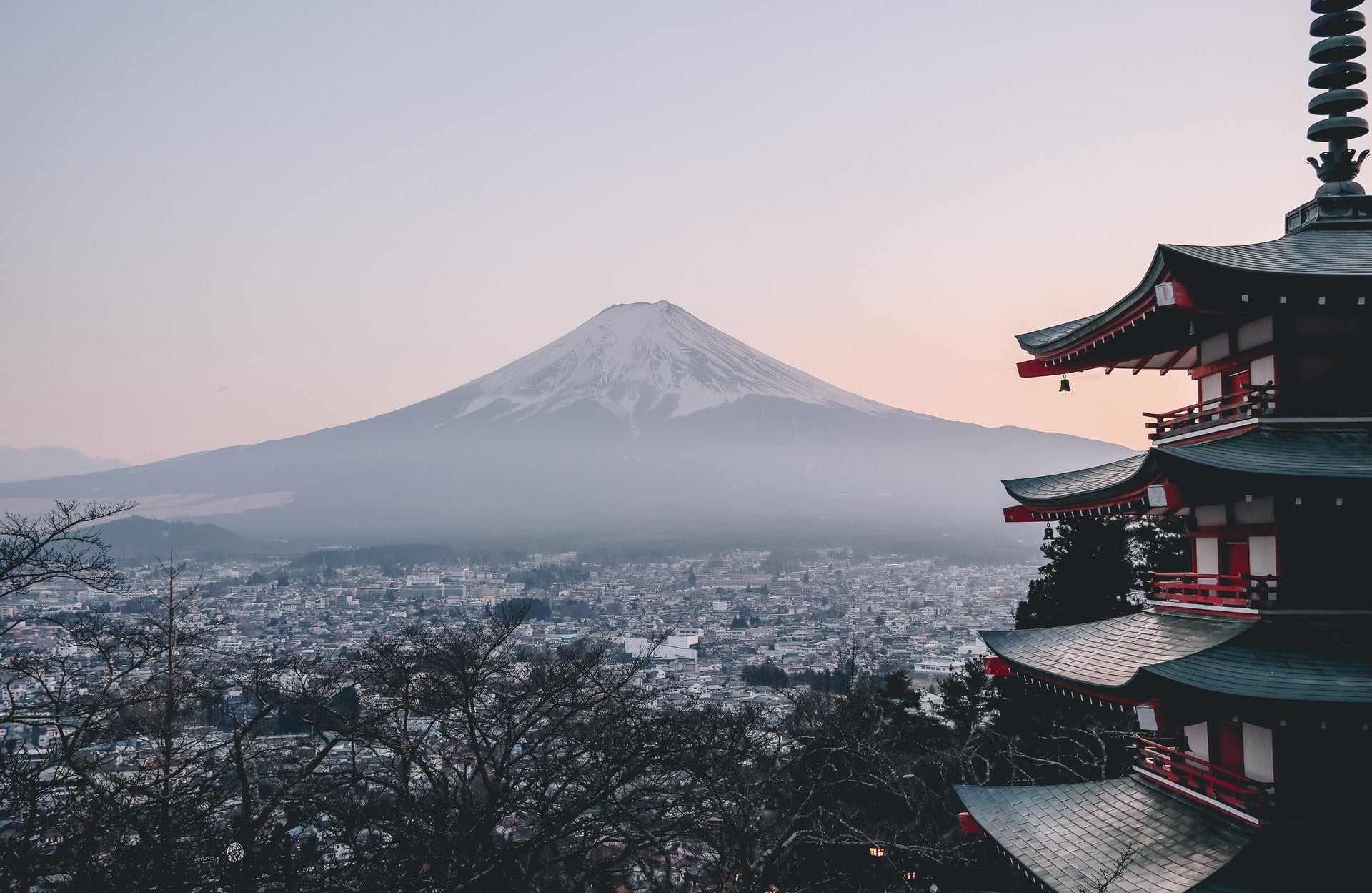
Modern Japan
The story of Bunka
The Bunka period in Japan, spanning from 1804 to 1818 during the Edo period, was a time of cultural renaissance and transformation. This period witnessed a resurgence of traditional arts and crafts, along with the assimilation of new ideas from the West. It marked a significant shift in Japan's cultural landscape and left an indelible mark on the country's artistic heritage.
During the Bunka period, Japanese society witnessed significant developments in fashion and clothing. The fascination with Western-style attire led to the adoption of new clothing styles and accessories, creating a unique sartorial identity that continues to influence Japanese fashion today. The blending of Eastern and Western fashion aesthetics resulted in a captivating fusion of styles.
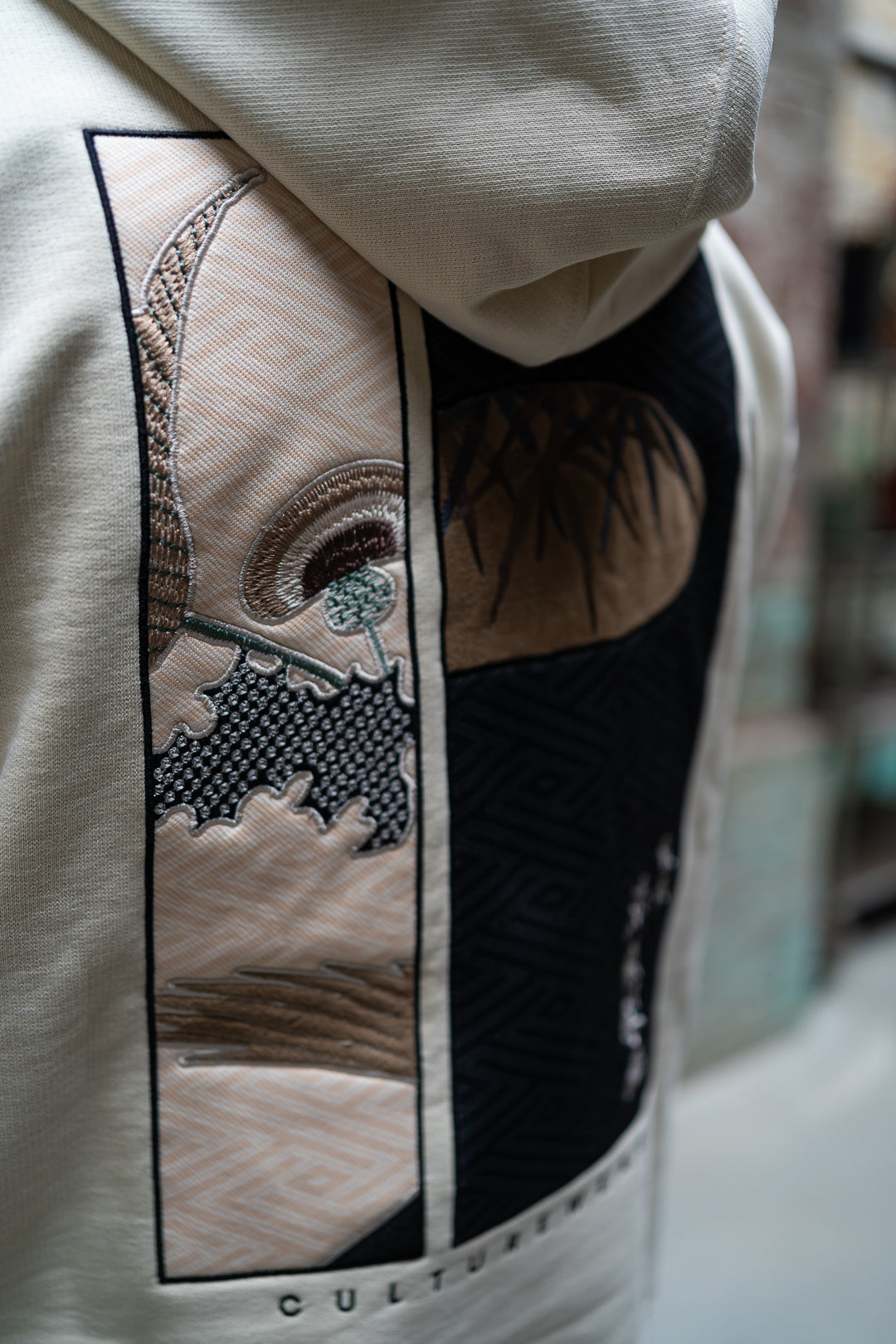
The story behind the Bunka Piece
Another remarkable artistic development during the Bunka period was the introduction of the Bunka embroidery technique, also known as "thread painting." This technique revolutionized the art of embroidery in Japan by using silk threads to create intricate and realistic designs on fabric. Inspired by Western painting styles, Bunka embroidery showcased a distinctive fusion of Eastern and Western artistic sensibilities, capturing the essence of both traditions with stunning detail and depth.
The popularity of Bunka embroidery rapidly spread during the Bunka period, attracting artisans and enthusiasts alike. Its versatility allowed for the depiction of various subjects, ranging from landscapes and nature scenes to portraits and still life compositions. Bunka embroidery became a platform for artists to showcase their technical skills and creative vision, further enriching the artistic legacy of the period.
The Bunka period stands as a testament to Japan's ability to adapt and assimilate new ideas while maintaining a deep respect for tradition. That is also what we have sought to do with this design, inspired by two matching textile fragments from the Bunka period located in the Rijksmuseum, with a special focus on the embroidery. The Japanese characters on the design originate from the chest they came from and roughly mean "dyed fabric fragments to be viewed."
Cultural Piece
Bunka (文化)
